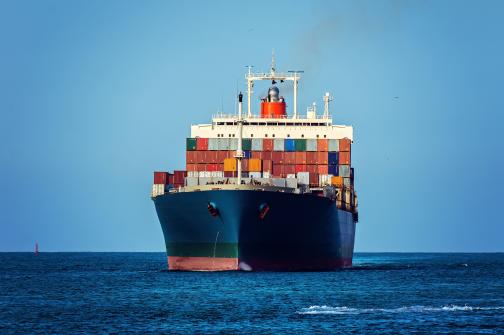The fierce "bargaining war" between the two sides of the ship and cargo!
The freight rate changes in the shipping market are in a critical period. According to the latest shipping index (XSI®) released by Xeneta, after the month-on-month plunge of 13.3% in January, the average long-term freight rate in February fell by only 1%. At the same time, the most important maritime conference in the world - the Pan Pacific Maritime Conference (TPM) was held recently, and the two sides of the ship and cargo entered into a fierce "price war".
A long-term contract agreement refers to a long-term agreement signed by the shipowner and the cargo owner. The cooperation period is usually six months to one year, and some may be as long as two years or even longer, during which the freight rate remains stable. In this way, shipowners can obtain stable and expected income, and cargo owners can ensure that cost expectations are controllable.
XSI is an index that tracks long-term contract prices, including the global index, the North American import and export index, the European import and export index and the Far East import and export index. The Pan Pacific Ocean Freight Conference is the traditional starting point for US line contract negotiations, where cargo owners, freight forwarders and container shipping companies test each other's bottom line. Although this does not determine the final outcome, it plays a key role in subsequent negotiations.
According to the XSI, the index has fallen for the sixth straight month and is down 22% since August 2022. Compared with the previous situation, the average long-term freight rate in February fell by only 1%, which was beyond market expectations. In this regard, the CEO of Xeneta said that the US export benchmark freight rate performed well, with a month-on-month increase of 16.5%, which pushed the freight rate of this route to a record high and prevented the overall decline in freight rates. At the same time, freight rates in the spot market continued to decline.
Regarding the current changes in shipping rates, large US retailers including Costco and Amazon hope to cut shipping costs, and even expect shipping rates to be cut in half at least. Jon Cargill, senior vice president and chief financial officer of American retail giant Hobby Lobby, once said that shipping costs may be the item that saves the most this year.
Large retailers occupy an important position in the import and export business, and usually sign long-term agreements with shipping companies to ensure preferential freight rates and stable transportation. However, since 2021, the spot freight rate in the shipping market has soared, and the price of long-term contracts has also risen sharply along with the market. Today, the spot freight rate continues to decline, and these large retailers naturally hope to keep the long-term freight rate as low as possible.
The business income of the long-term contract agreement accounts for a relatively high proportion of the overall business of the shipping company, and it is also the key to the shipping company's guarantee of profitability. Therefore, shipping companies are not willing to cut prices sharply, hoping to at least maintain the level before the epidemic. It is reported that some shipping companies have declared that if the long-term contract price is lower than 2,000 US dollars, they will not sign the agreement, and customers can follow the market as they go, and they can also charge additional fees such as peak season surcharges during peak seasons.
In fact, the argument that "the shipping market will usher in a price war" has been rampant recently. As the fifth largest shipping company in the world, Rolf Habben Jansen, CEO of Hapag-Lloyd, denied that the market will fall into a price war in an interview with the media recently, and said that after the freight rate plummeted at the end of 2022, the price of container freight will be lower this year. The price of container freight will rebound this year, but no prediction has been made on how much it will rise.
In addition, shipping companies are also stabilizing freight rates by reducing route deployment and reducing capacity input. Recently, Maersk announced that due to the reduction in global demand, it has decided to suspend the service of the trans-Pacific TP20 route. In September last year, Maersk also announced the suspension of a US route. Many shipping companies, including MSC, Sealead, and Zim, have successively launched plans to suspend sailings and skip ports, and the US-West route has become the hardest hit area.
A key factor affecting the current freight rate changes is the upcoming intensive delivery of new container ships. In order to make room for new ships, shipping companies such as Maersk, MSC, Evergreen, and Wan Hai have begun to use ship demolition strategies to avoid excess capacity. At the Pan Pacific Shipping Conference held recently, MSC said that the proportion of leased ships in the fleet may decline in the next few months, and old ships will also be repurposed.
More than 10 ships have been recycled since the start of the year, compared with just seven in all of last year, according to Linerlytica, an Asian liner data provider. The agency stated that this is not enough to restore the supply and demand balance of the shipping market capacity, and the speed of scrapping needs to be further accelerated.








